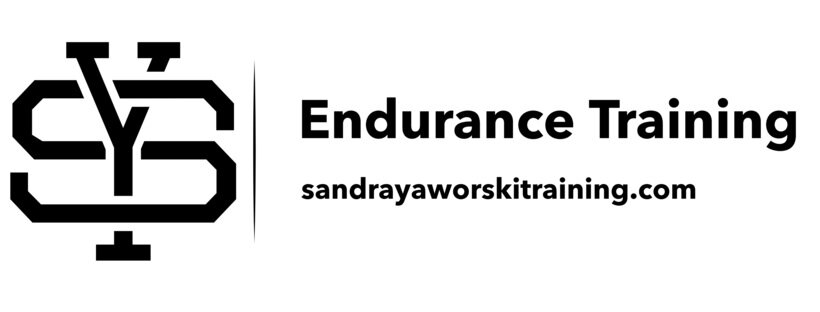Learning to pick up your heels in running is one of the hardest things to master in running form. When running, the heel should be pulled up directly under you and not behind you. If the foot comes up behind you, it means that you are running with a hip flexor dominant swing phase. Injuries to the psoas, IT band and rectus femoris are likely to occur. It is also likely that the pelvis is not level when running.
Learning to pick your foot up and pull it underneath your hip requires engagement of the hamstrings during the early to mid swing phase. This offloads the work of the hip flexors to pull the swing leg through under the body.
Practicing this allows there to be more balance around the hip and pelvis. Further, getting those hamstrings activated during the swing phase helps avoid the tendency to sit back when running (I call this sitting on the toilet running).
Here is a drill that will help keep the pull movement under the body rather than becoming more of a flick behind you.


